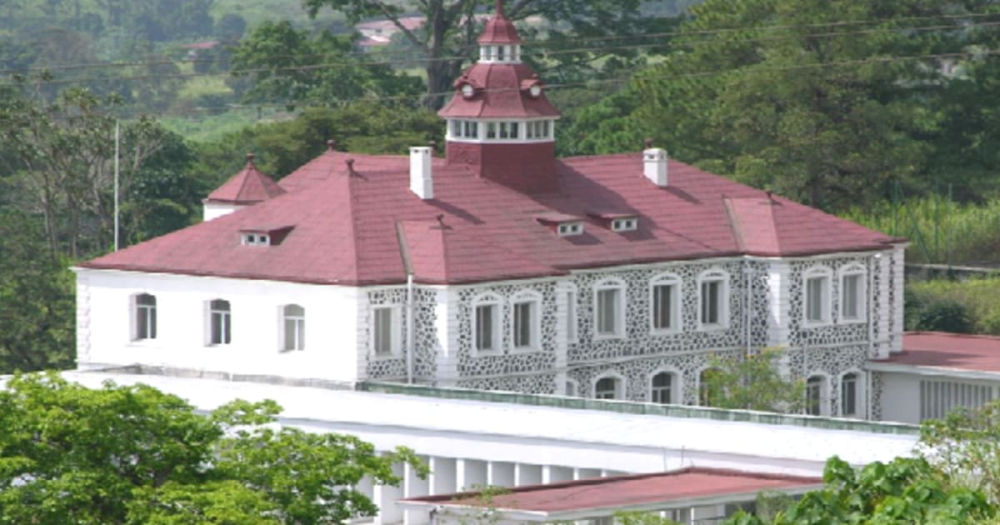
The city has served as capital to many political entities before, and today is the South West Regional capital.
The Buea Council Office projects Buea’s surface area as 870 square kilometers for a population of 300,000 by 2013 census. It harbours some 85 villages. Naturally, settlement expansion in Buea cannot flow northward due to Buea’s thrust on the flank of Mount Cameroon. Abiding by topographers’ technical advice, the town could never expand northward beyond the Upper Farms Prison for fear of the mountain’s active volcano that periodically vomits its lava over the area.
Possibilities of today’s quick growing city of Buea could have well been to expand westward to Tole, southward to Mutengene or eastward to Ekona. The creation of the University of Buea in 1992 and its take-off the next year triggered a yearly influx of thousands of students creating a funnel-need for housing accommodation.
As such, business minds quickly find, in the craving for shelter, a haven for investments in housing. Since then, the river of cement and sand loading into Buea daily has never run dry. Building plots have become so scarce. Dealers in land have multiplied from original sellers to second-hand land vendors. Many traditional rulers and administrators are now under Human Rights and Judiciary investigation for either land misappropriation or double-dealing.
Squeezed Urban Growth
Unfortunately, Buea city’s demographic and settlement growth has met a compelling man-made hurdle. The Germans established large plantations on their arrival in 1884. The farms were subsequently taken over by the British dominium in 1916. Growing mainly palms, bananas, rubber and tea, the large expanses of plantations rather clash with human habitation hampering any urban growth from all possible sides. Expanses of farm plantations formerly CDC Tole Tea Estate (today CTE) from the west, the Ekona CDC Banana Estate from the east and the Molyko CDC Banana farms from the south have helmed Buea to a cluster.
Like the baby-bird overgrowing and hatching out of its egg-shell, so too is the population of Buea bulging today. The lone solution left, as some urban experts have put it, is for the “legendary hospitality city to grow like the tortoise with its shell.” That is to say Buea requires an effective urban planning.
Offering a solution to Buea’s settlement choke, the Cameroon Development Corporation under Government directives began a land surrender scheme to natives two decades ago. Meanwhile, the administration is worried that each land-surrender either creates a new village or extends a village if not simply making individual fortune for traditional rulers who immediately sell the land to capable buyers from outside Buea.
Thanks to the Government foresight through the CDC’s land surrender scheme, new peripheral layouts have sprouted up to give a spillway to the brim-full city of Buea. Such include the Bomaka new layout hitherto a CDC banana farm, Bolifamba commonly known as Mile 16, Upper Muea, Molyko, and Bokova among others.
The Emergence of Buea
Founded, according to a Bakweri legend, by Eye Njie Tama Lifanje, a hunter, who named the settlement as “Mwea” transliterated as Buea, the Germans made the location their Kamerun capital in 1901-1909. It became the capital of Southern Cameroons under British rule from 1916 and later became the Headquarters of West Cameroon following the British departure in 1961. Today’s Buea is the headquarters of the South West Region. These varied statuses have made Buea a place to be. Its pleasant cold climate with temperatures between 20-28 degrees Celsius is conducive for book work and studies and a beckon to temperate zone goers.
Food as Tourism Bait
Buea’s importance is not limited to political history. It is equally reputed harbour of the great foodstuff markets attracting buyers from West and Central Africa as well as from major cities of Cameroon. Unfortunately, the current socio-political crisis since ...
Cet article complet est réservé aux abonnés
Déjà abonné ? Identifiez-vous >
Accédez en illimité à Cameroon Tribune Digital à partir de 26250 FCFA
Je M'abonne1 minute suffit pour vous abonner à Cameroon Tribune Digital !
- Votre numéro spécial cameroon-tribune en version numérique
- Des encarts
- Des appels d'offres exclusives
- D'avant-première (accès 24h avant la publication)
- Des éditions consultables sur tous supports (smartphone, tablettes, PC)







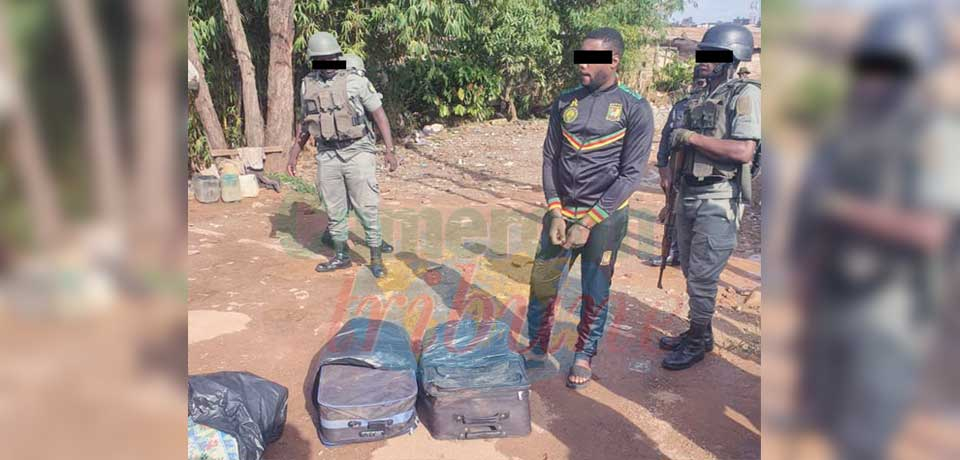
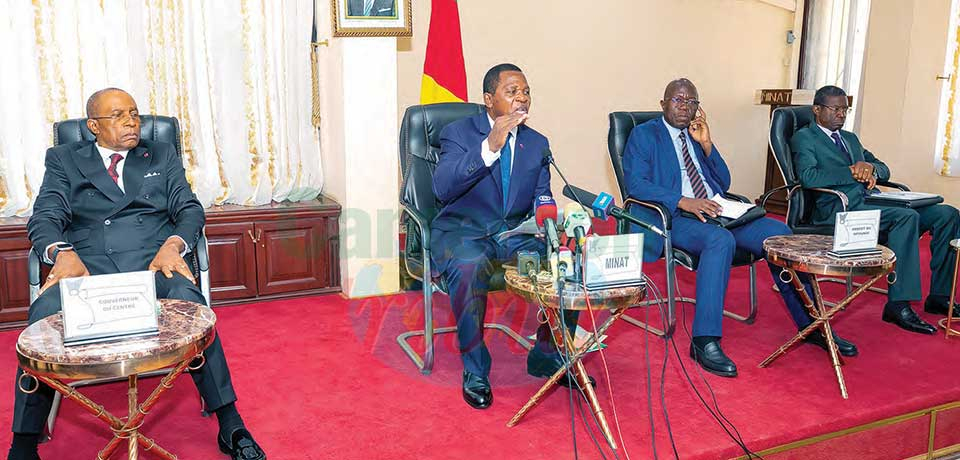
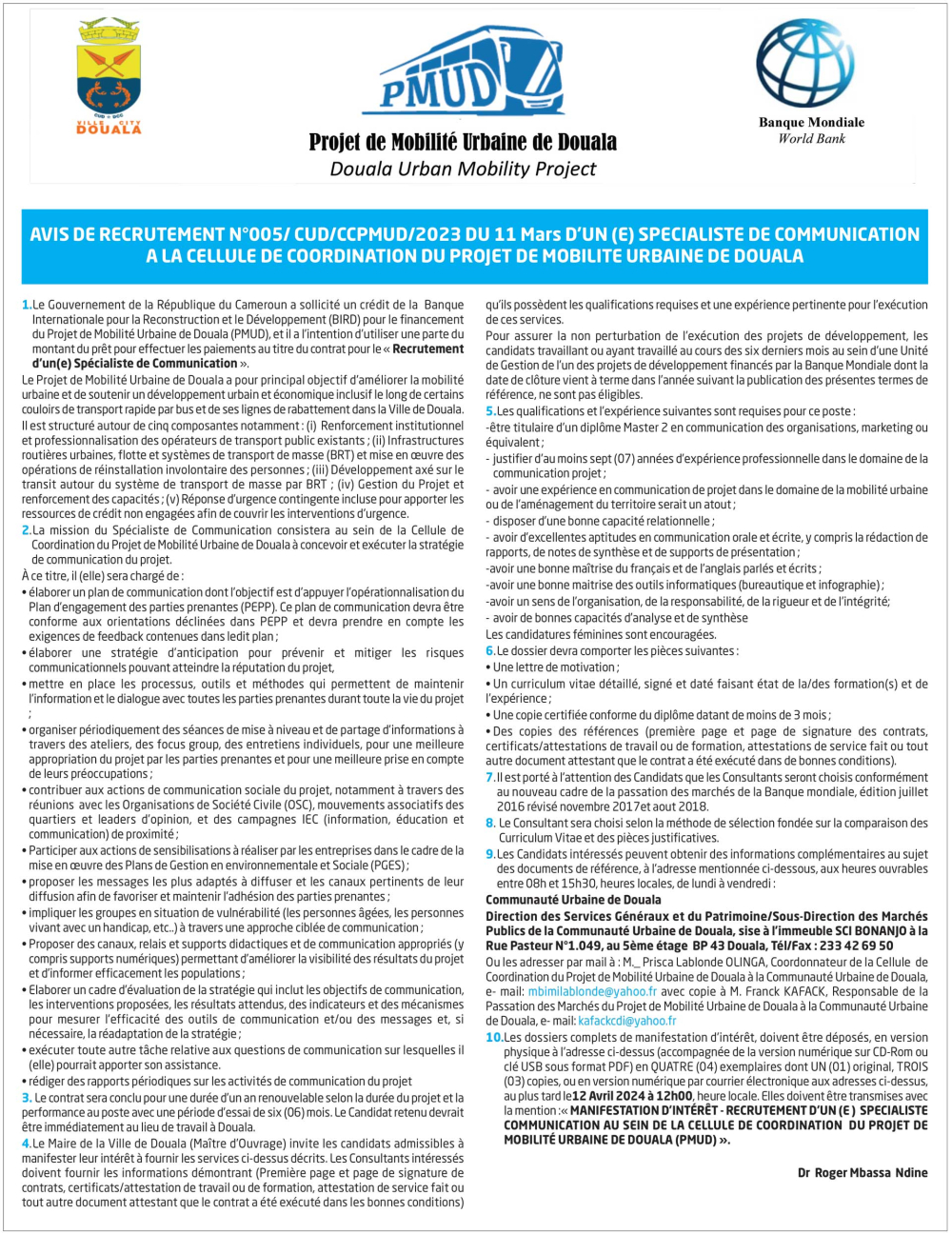
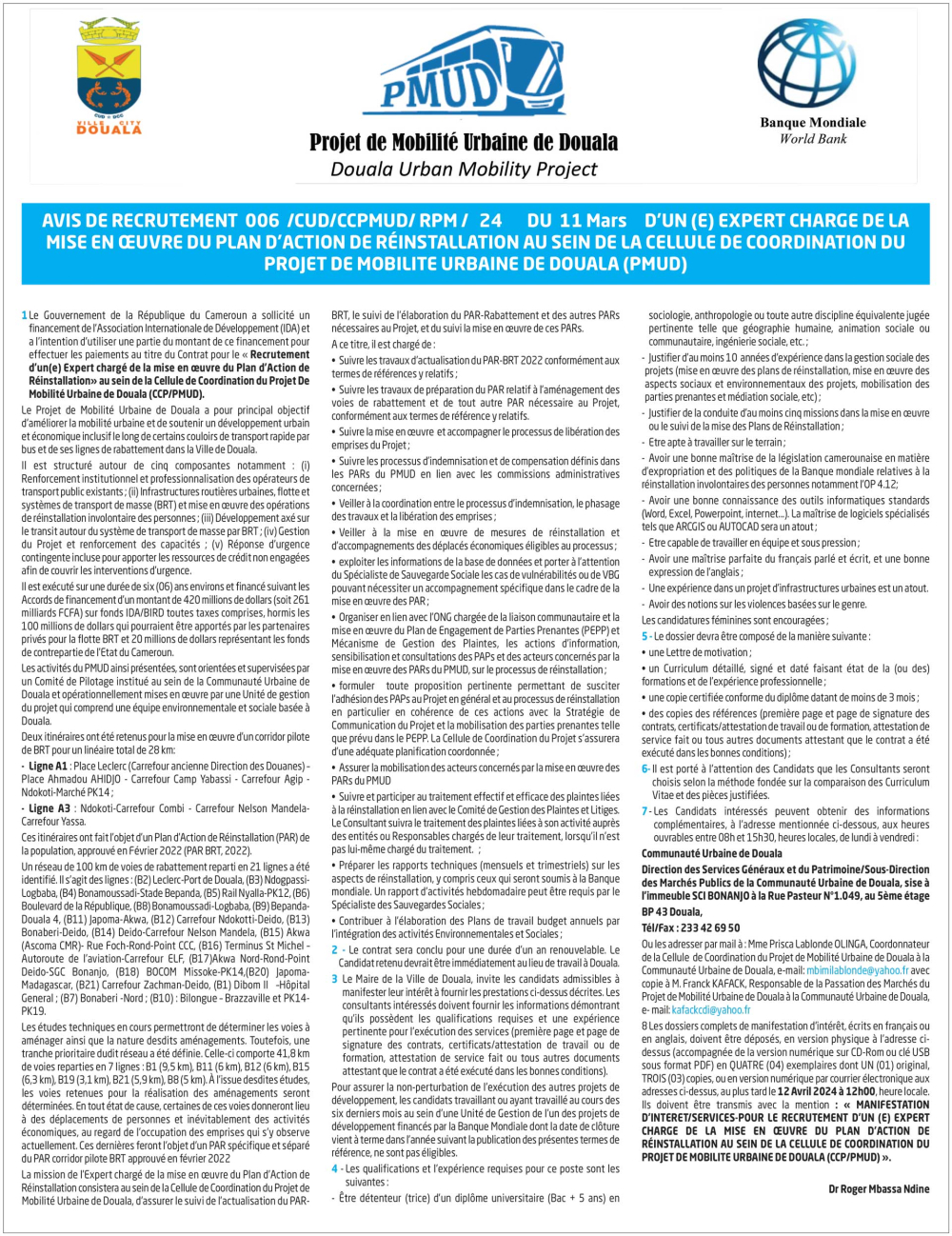
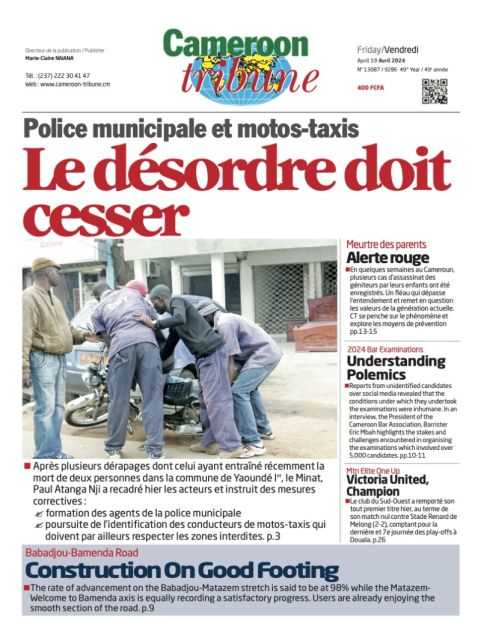




Commentaires